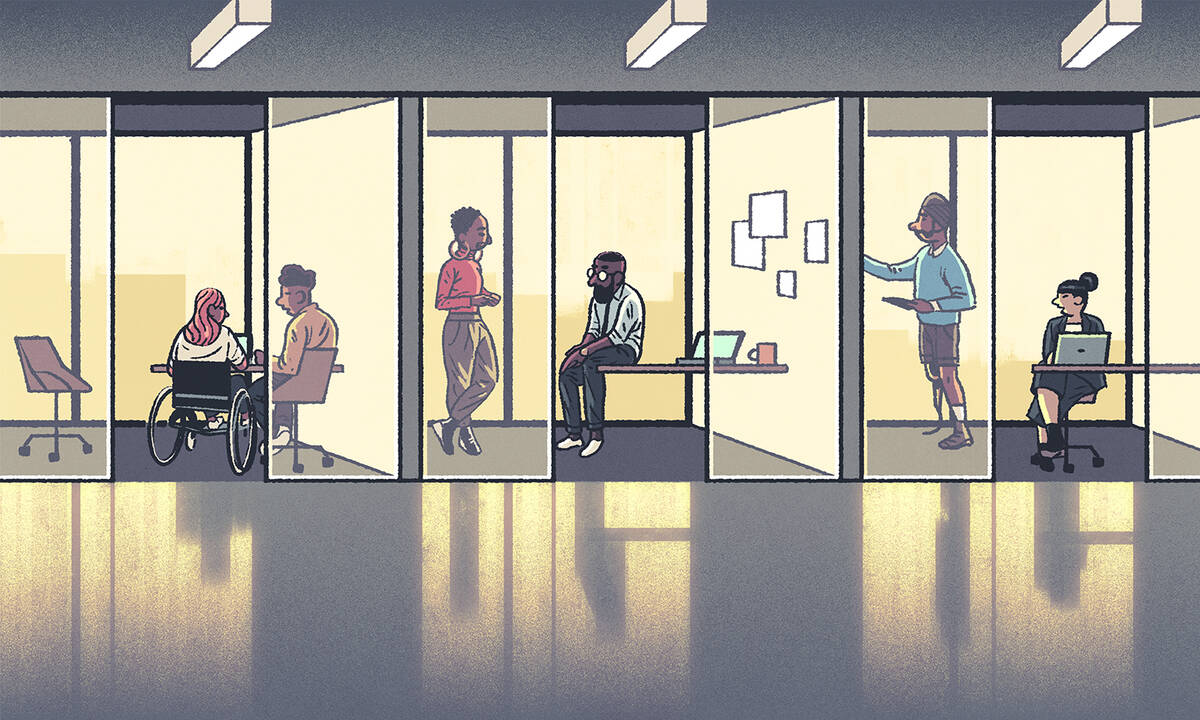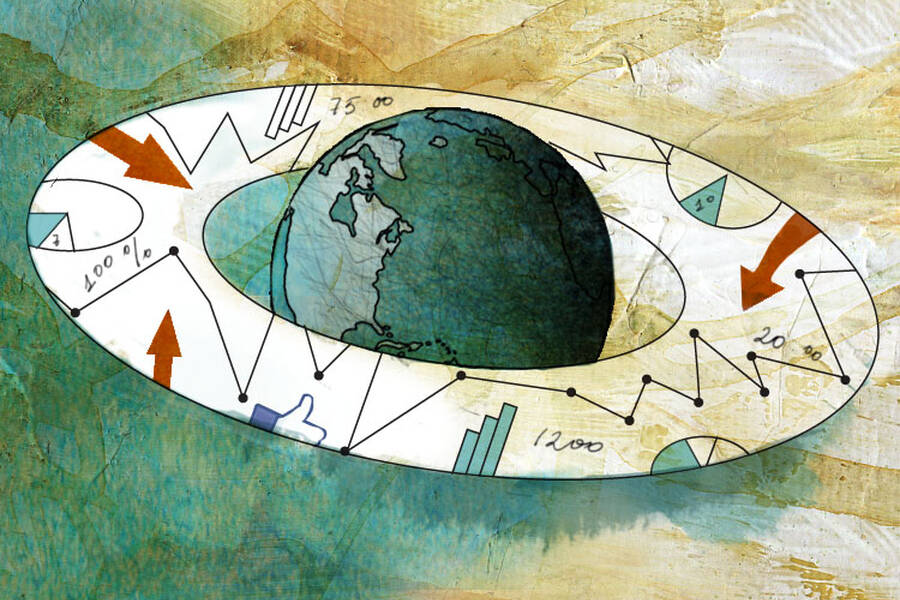It’s a critical area with high stakes. For example, there’s evidence that diverse teams perform better, due to an integration of different skills and perspectives, and that fair systems generate employee devotion by giving credit where credit is due. Moreover, racial, gender, and other biases in hiring, promotion, and compensation have significant legal implications for businesses and other organizations.
The good news is that there are new ways to improve diversity, fairness, and merit—with the data already on hand in your enterprise. New technology enables you to use data to surface, understand, and address issues related to diversity and performance in unprecedented and sustainable ways.
The following are three specific ways to make that happen.
Quantify to Rectify Stereotypes
Despite stereotypes being typically wrong on any individual basis, they influence how a person’s contributions are valued and recognized. Specifically, stereotypes create a “believing is seeing” situation where people distort reality to fit their biased view of a given group, such as the contribution of gender stereotypes to the devaluing of women’s contributions in multiple settings.
To resolve such bias, the broad idea is to create transparency around who contributes what and how, so that actual performance is quantified—fairly—and visible. While it was previously costly to collect comprehensive, accurate data that creates transparency, such data is now routinely collected inexpensively as a byproduct of team-based collaboration platforms.
Popular tech collaboration platforms like Slack, Dropbox, and Zoom unobtrusively capture real-time performance information that can be mined with AI to reveal unprecedented windows into the drivers of organizational performance: who leads thinking around a specific project, resolves key problems, initiates important conversations, and so on.
Not only can this new data give credit where credit is due, but it can promote effort and fairness. For instance, if a given factor affects performance, understand what’s driving that outcome and take steps to address it. For example, if you find women’s brainstorming contributions increase team performance when there is formal structure for turn-taking rather than an unstructured free-for-all, it indicates that teamwork processes, rather than gender, are likely correlated to outcomes, and such processes are modifiable. Thus you can use what’s learned to improve processes, make better, evidence-based people-advancement decisions, rectify misconceptions, and raise the organization’s entire tide of performance.
Look through the Lens of Teams, Not Individuals
The famed Moneyball approach to team performance showed that team diversity on important metrics rather than star players drives success. Here, new data can help you understand the performance link between teams and diversity.
Much business today hinges on teamwork. Thus, a basic question might no longer be whether teams of all men or all women perform best, but whether more gender-balanced teams perform better than those heavily weighted toward men or women. For example, does an engineering team with at least one woman reach milestones faster than an all-male group?
My past investigation of millions of teams of biomedical researchers over a 20-year period found that controlling for individual past success, mixed-gender, balanced teams are more likely to publish more influential ideas than all-male or all-female groups, and that the mixed-gender-team effect becomes even more pronounced as the team’s gender balance becomes more equal. Use this simple insight to broadly promote performance and fairness.
Innovate Your People Policies
Data is critical to creating effective, innovative people policies, especially as labor markets and work arrangements change.
For example, one company recently used data to discover that their relocation policy hampered their recruitment of strong candidates, particularly women: when they asked prospective hires to move in the middle of the school year, rather than in the summer, women with children were prone to decline the offer because it disrupted family routines, even though they wanted the job. With this insight, and new options for remote work, the company is able to make better offers, reinforce a culture of support, and increase their yield of top talent, with no real increase in costs.
Take a similar, open-minded approach to examining your policies and practices using data and smart hypotheses, and you may be pleasantly surprised by what you find.
I hope the ideas here inspire you to harness data and AI in service of diversity, merit, and fairness in your organization. Remember: leadership plays a critical role in these efforts, through championing initiatives and smartly exploiting data to quantify true relationships and promote important new insights.
*
This article originally appeared in Forbes.




